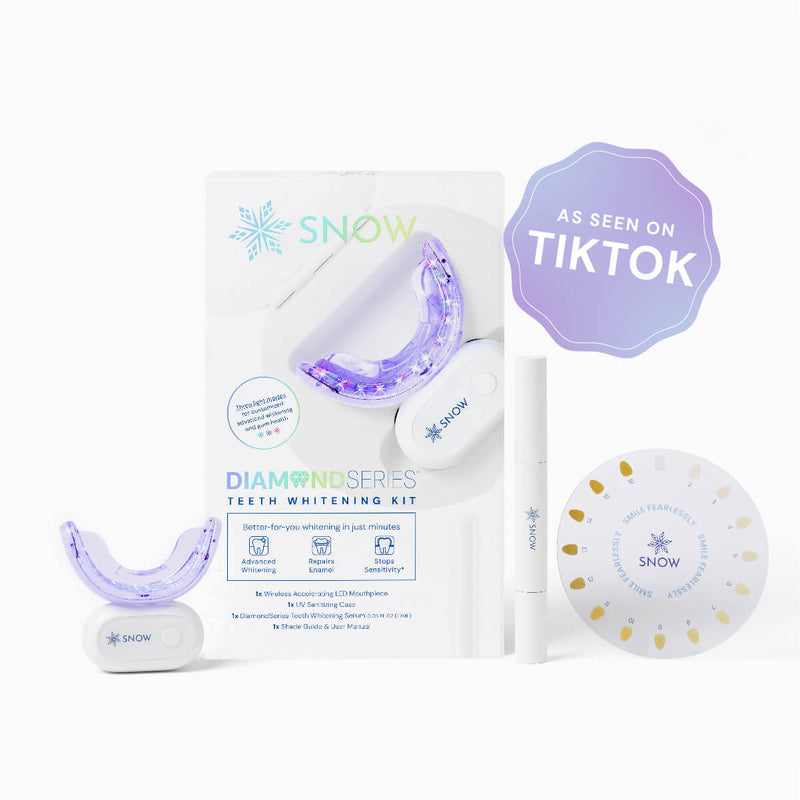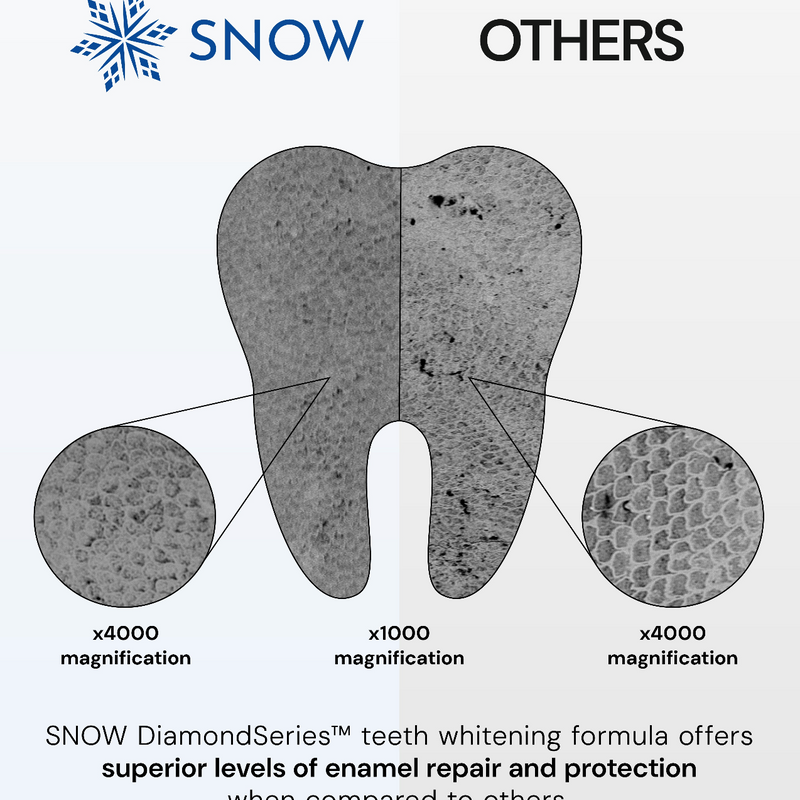Front teeth that are chipped, slightly crooked, unevenly spaced, or that you otherwise don't like the appearance of can cause problems with your oral health, but they can really damage your self-esteem. Even the smallest imperfections can feel prominent and obvious when it's your smile they're affecting.
The good news is that there is a way to restore your smile and regain your confidence, and you don't even have to go through any invasive procedures to do it – dental veneers. Dental veneers can address numerous cosmetic issues with your front teeth in order to give you the symmetrical smile you've always wanted.
If you'd like to learn more about this amazing cosmetic procedure, take a look at this comprehensive guide. It has all you need to know about dental veneers, what dental issues they can fix, and what the process of receiving them involves.
What Are Dental Veneers?
Dental veneers are a cosmetic dental procedure designed to improve the appearance of front teeth that have been chipped or cracked, are slightly misaligned, or have any other cosmetic issues without additional damage. The veneer is a thin shell that is bonded to the natural tooth surface through a simple and minimally invasive process.
What Is a Dental Veneer Made of?
Dental veneers can be made from a few different types of materials, such as ceramic, porcelain, and composite resin. The main differentiating factors between them are appearance, durability, and cost. We've provided some details about the pros and cons of each type of veneer below.
Porcelain Veneers
Porcelain veneers are the type of restoration that is going to look most like your natural teeth. The porcelain material is also durable and stain resistant, making this particular veneer option the most ideal. However, porcelain veneers are also significantly more expensive than other options, which means they're not nearly as accessible as some others.
Ceramic Veneers
Ceramic veneers are fairly similar to porcelain veneers in terms of their likeness to natural teeth, but they are slightly less durable and more prone to staining. However, the preparation process for ceramic is generally simpler than with a porcelain veneer.
Composite Veneers
Composite resin veneers are not quite as natural-looking as ceramic or porcelain veneers, but the resin composite materials are significantly less expensive. Composite veneers don’t look fake, though. They're a perfectly good option for anyone looking for a new smile on a budget.
What Can Dental Veneers Fix?
While the veneer procedure can fix a number of different issues with your front teeth, there are certain problems that they are not suitable to address. Listed below are some of the most common reasons someone might consult their dentist about veneers.
- Smalls chips in teeth
- Cracked teeth
- Worn down teeth
- Tooth gaps
- Uneven spacing in teeth
- Discoloration and staining
- Small teeth
- Irregularly shaped teeth
- Slightly crooked teeth
Veneers are essentially able to fix small to medium-level cosmetic issues with your teeth. Any considerable damage or tooth decay, or serious alignment issues will need to be addressed using other dental services. Speak with your dentist in order to determine whether you're a good candidate for dental veneers or not.
Why Might Veneers Not Be Helpful?
Here are a few of the major reasons why you might not qualify for dental veneers.
Tooth Decay
If your enamel has been compromised and you have tooth decay, you'll have to address the disease before you can consider veneers.
Gum Disease
Periodontitis is another issue that would need to be addressed before you qualify for dental veneers. An infection of your gums poses problems that supersede most cosmetic dentistry procedures.
Significant Dental Issues
Veneers can only do so much to address issues with your teeth, and those issues are strictly cosmetic. If your tooth problems go beyond that, you'll need some other form of dentistry to fix your smile.
The Dental Veneer Process
If you've decided that you'd love to give yourself a smile makeover with porcelain or resin veneers, then there's a specific process you're going to need to follow. Your first step is to call your dentist and schedule an appointment for an evaluation. After that, you can expect the following:
Step 1: Your Initial Dental Veneer Consultation
At your first appointment, your dentist will perform an oral examination and discuss the history of your oral health with you to determine whether or not the dental veneer procedure would be right for you.
If the issues you're looking to fix are something a veneer can address, and you don't have gum disease or a tooth infection, your dentist will likely give you a plan to move ahead, and you can schedule your next appointment.
Choosing Between Resin and Porcelain Veneers
If you're having trouble choosing between resin and custom porcelain veneers, refer to the above section regarding the different veneer materials. Better yet, have a conversation with your dentist about the pros and cons of both resin and porcelain, and that should help clarify which is a better choice for you.
Just remember, porcelain veneers are more natural-looking and durable but more expensive, while resin veneers are not quite as natural-looking but significantly more affordable.
Step 2: Your Preparation Appointment
The next step in the veneer process involves your dentist completing minor tooth preparation so that the veneers can fit over the fronts of your teeth. They will then take a mold of your mouth so that the custom-made coverings can be created.
The tooth preparation process requires your dentist to shape the surface of your natural teeth slightly. This is the most invasive aspect of the veneer process, but there’s minimal discomfort since your dentist will make sure you’re comfortable with local anesthetic.
Once the teeth are the proper shape and the front surface is textured enough to hold the veneers, your dentist will take an impression of your mouth and then send it to a dental lab so that your veneers can be made. This process will take about 7 to 10 days; in the meantime, you'll be fitted with temporary veneers.
Step 3: Receiving Your Permanent Veneers
The final step in the dental veneer procedure is to have the veneers permanently bonded to your natural teeth.
Your dentist will remove the temporary veneers and then place the new veneers onto your remaining natural tooth structure. They will make any adjustments required to ensure that the fit is as comfortable as possible.
Once the fit is just right, they will use a special cement to fix the dental veneer permanently, removing any excess cement before using a special light to speed up the drying process.
After that, your veneer procedure is complete, and you can now enjoy your brand-new smile.
Dental Veneers Recovery
While receiving your dental veneers won't be very uncomfortable, and the procedure is mostly non-invasive, there's still going to be a bit of an adjustment period with your new teeth. You may experience increased sensitivity over the next few weeks. This can be mitigated with special kinds of toothpaste for sensitive teeth.
However, you can likely expect to feel totally comfortable with your veneers within about 10 to 14 days.
Caring for Your New Veneers
Proper care for your veneers doesn't look all that different than caring for your natural teeth, but there are some things you'll want to keep in mind. We've listed the most important among them below.
Be Careful to Avoid Staining
One thing you should be aware of is that surface stains on your veneers can't be removed with teeth whitening. Things like red wine and coffee may cause permanent discoloration if you're not careful. However, ceramic and porcelain surfaces are very stain resistant and aren’t likely to discolor much over time.
Don't Bite Any Hard Objects
While this may be an easy one for some, others have a habit of chewing on things. If that's you, then you should be aware that your veneers are not quite as strong as a real tooth, and you can damage them if you bite on something like a pen cap or an ice cube.
Hard foods can also do damage to your veneers if you're not careful, so be sure to think twice about chomping down on hard objects or crunchy foods.
Keep a Consistent Oral Hygiene Routine
It's a good idea to follow this advice in general, but your veneers are going to need a little extra care if you want them to remain beautiful and avoid any future dental procedures. The underlying tooth structure can develop cavities if you don't limit sugar intake, brush twice a day, floss once a day, and see your dentist once every six months for a checkup.
Brighten Your Smile with SNOW
If you're looking for a brighter, whiter smile, check out SNOW's online store today.


























